The market is characterized by a rapidly evolving landscape driven by advancements in technology and increasing demand for biopharmaceuticals and biotechnological applications. Competition is intensifying among key players.
As various stakeholders vie for market share, competition centers around innovation, product performance, and the ability to cater to diverse applications within the biotechnology sector effectively and efficiently.
Key players are focusing on enhancing their separation technologies to improve efficiency, reliability, and scalability. Market participants are also engaging in strategic collaborations, mergers, and acquisitions to strengthen their foothold.
This allows them to expand their product offerings. Overall, the competitive environment is marked by a blend of established companies with extensive experience and emerging players carving niches through novel approaches in the market.
Waters Corporation stands out in the market due to its commitment to innovation and superior product offerings. The company has positioned itself as a leader with a robust portfolio of analytical instruments and systems for the biotechnology sector.
Waters Corporation focuses on providing highly efficient separation solutions that enhance the productivity and accuracy of biochemical analyses. With a strong emphasis on R&D, the company invests significantly in developing cutting-edge technologies.
This fulfills evolving regulatory and market demands. Additionally, Waters Corporation's solid customer relationships and extensive global distribution network bolster its market presence and support its efforts in delivering top-tier separation systems.
These systems are tailored for biotechnological applications. Eppendorf, a notable player in the market, has gained recognition for its specialized products designed to meet the unique needs of life sciences and biotechnology industries globally.
The company emphasizes creating innovative separation solutions that are not only effective but also user-friendly, thereby simplifying complex biotechnological workflows significantly. Eppendorf’s strength lies in its precise engineering.
Its commitment to quality enhances the reliability of its separation systems. The company actively engages with research institutions and biotech firms, ensuring that its solutions integrate seamlessly into existing processes for optimal performance.
Eppendorf’s well-established presence in the market is further supported by its robust customer service, which reinforces client loyalty and provides ongoing support for the various applications of its separation technologies, ensuring customer satisfaction.


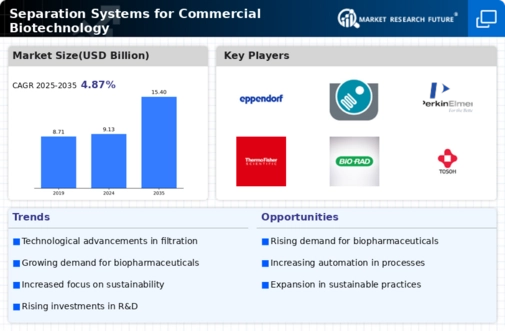
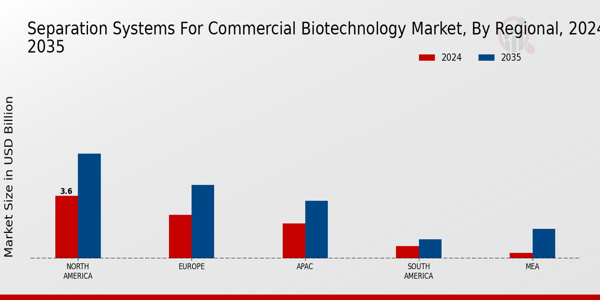

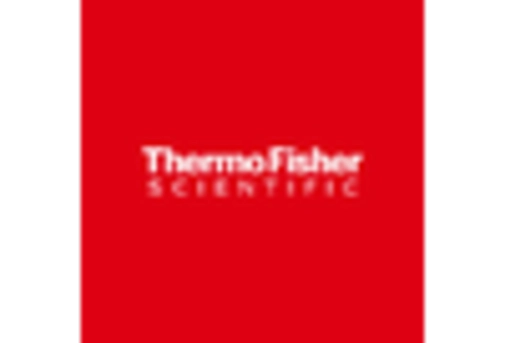
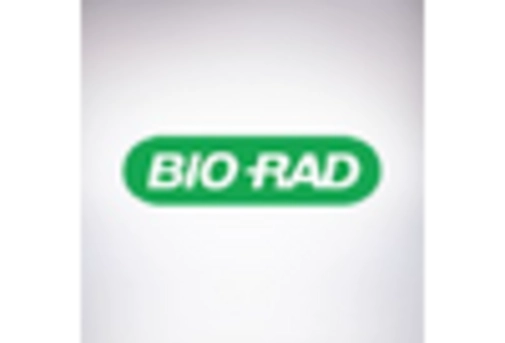
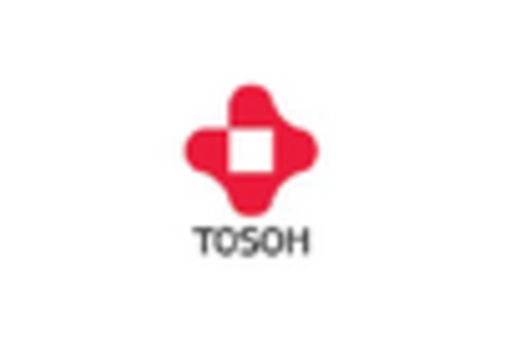










Leave a Comment